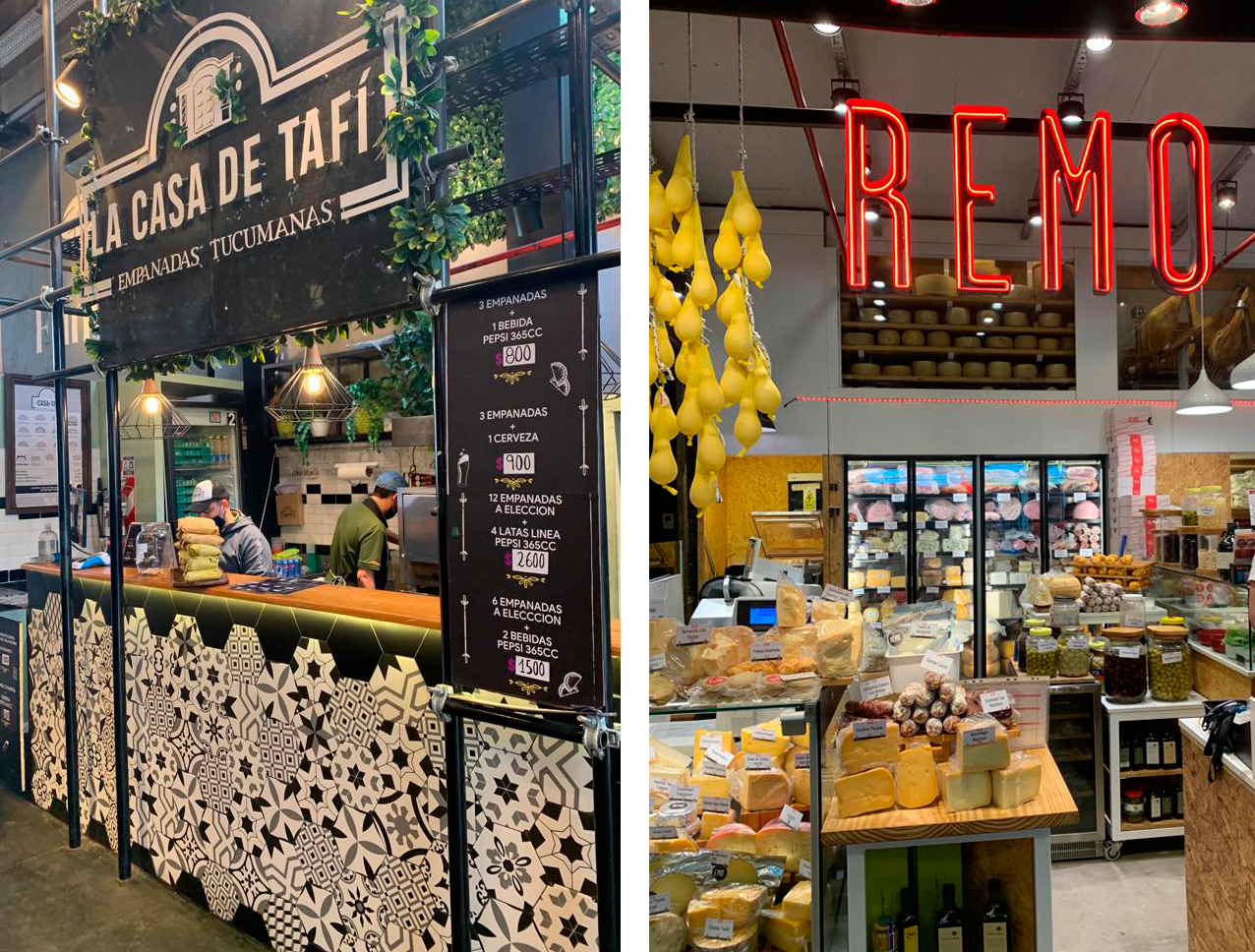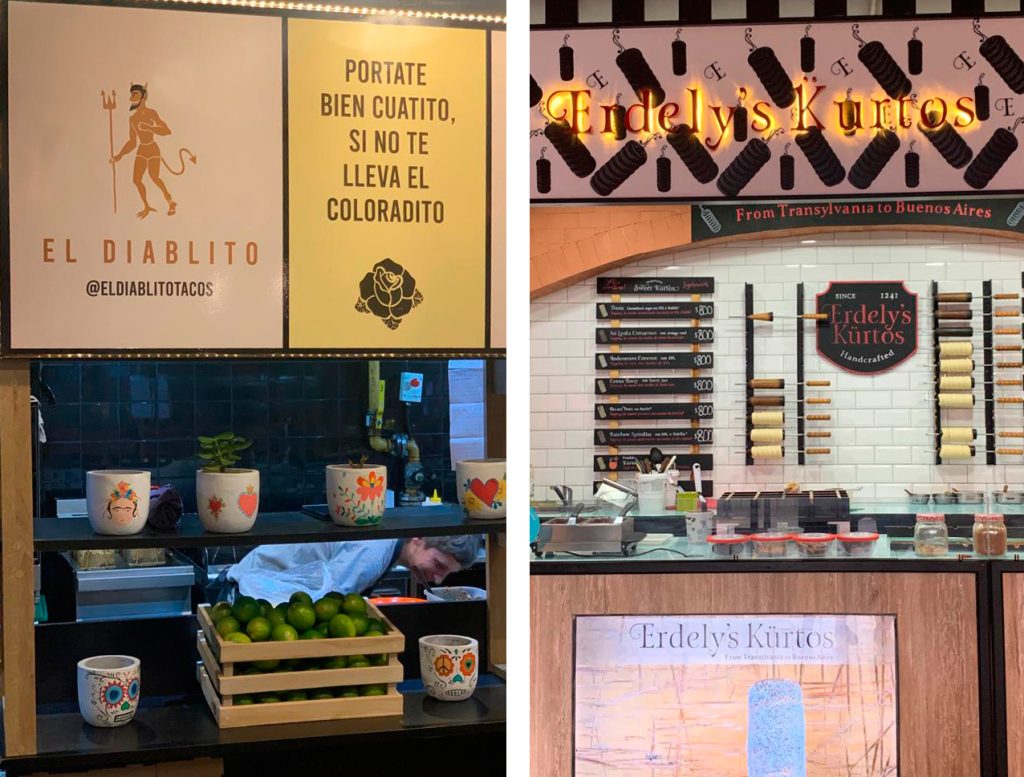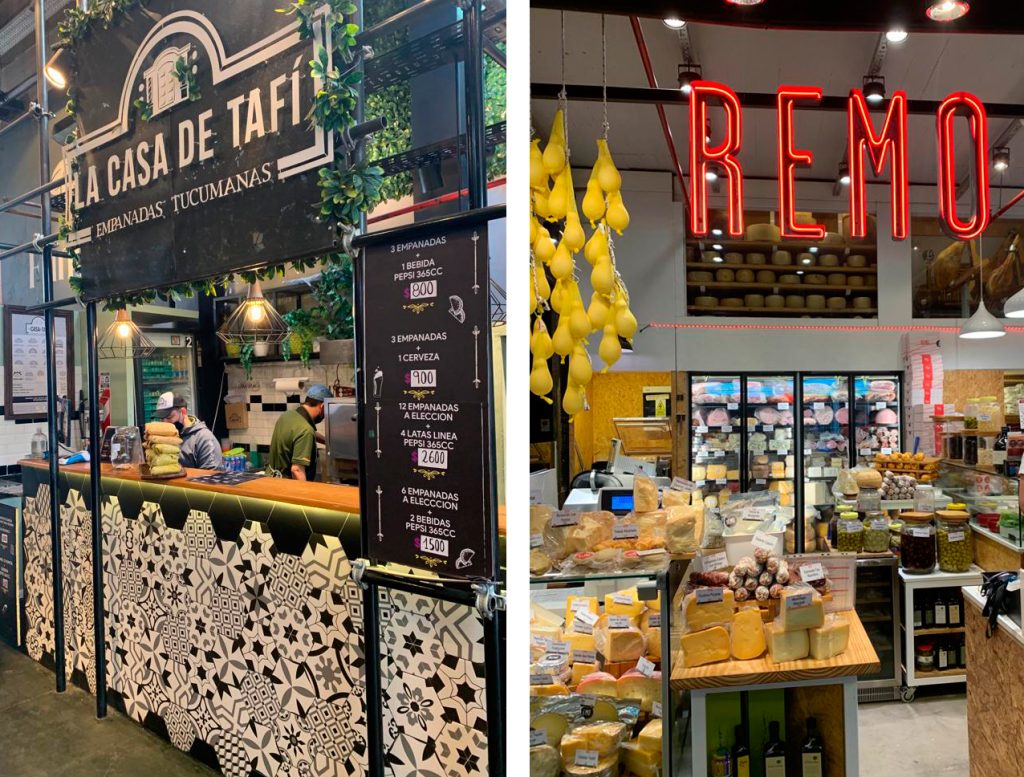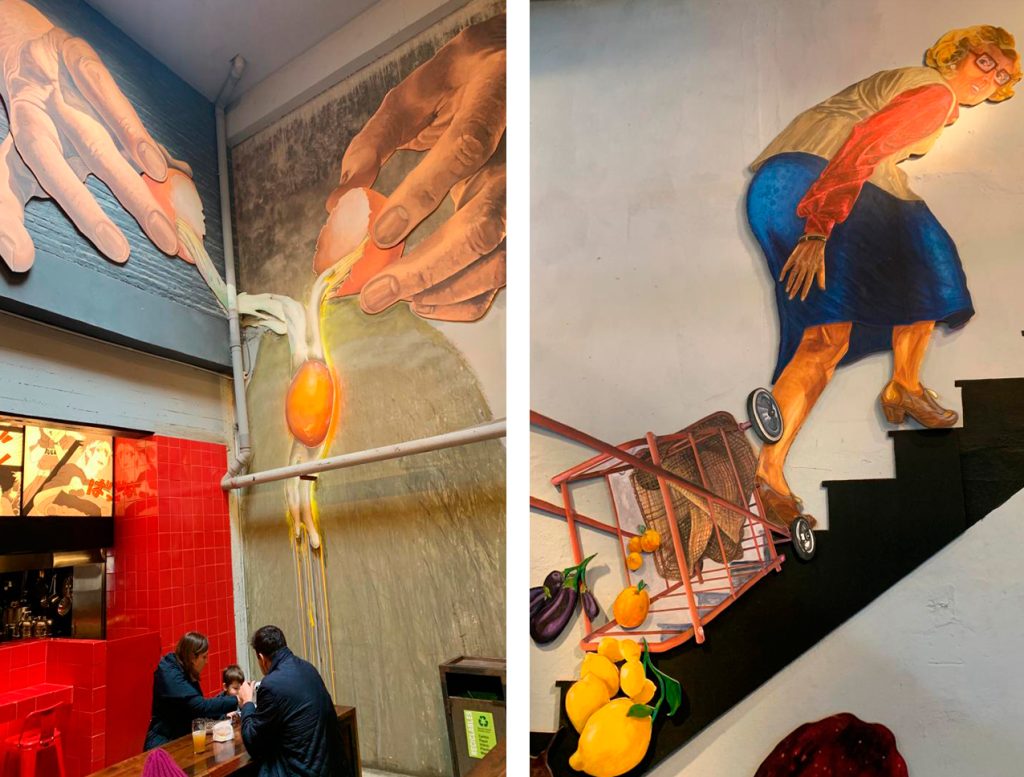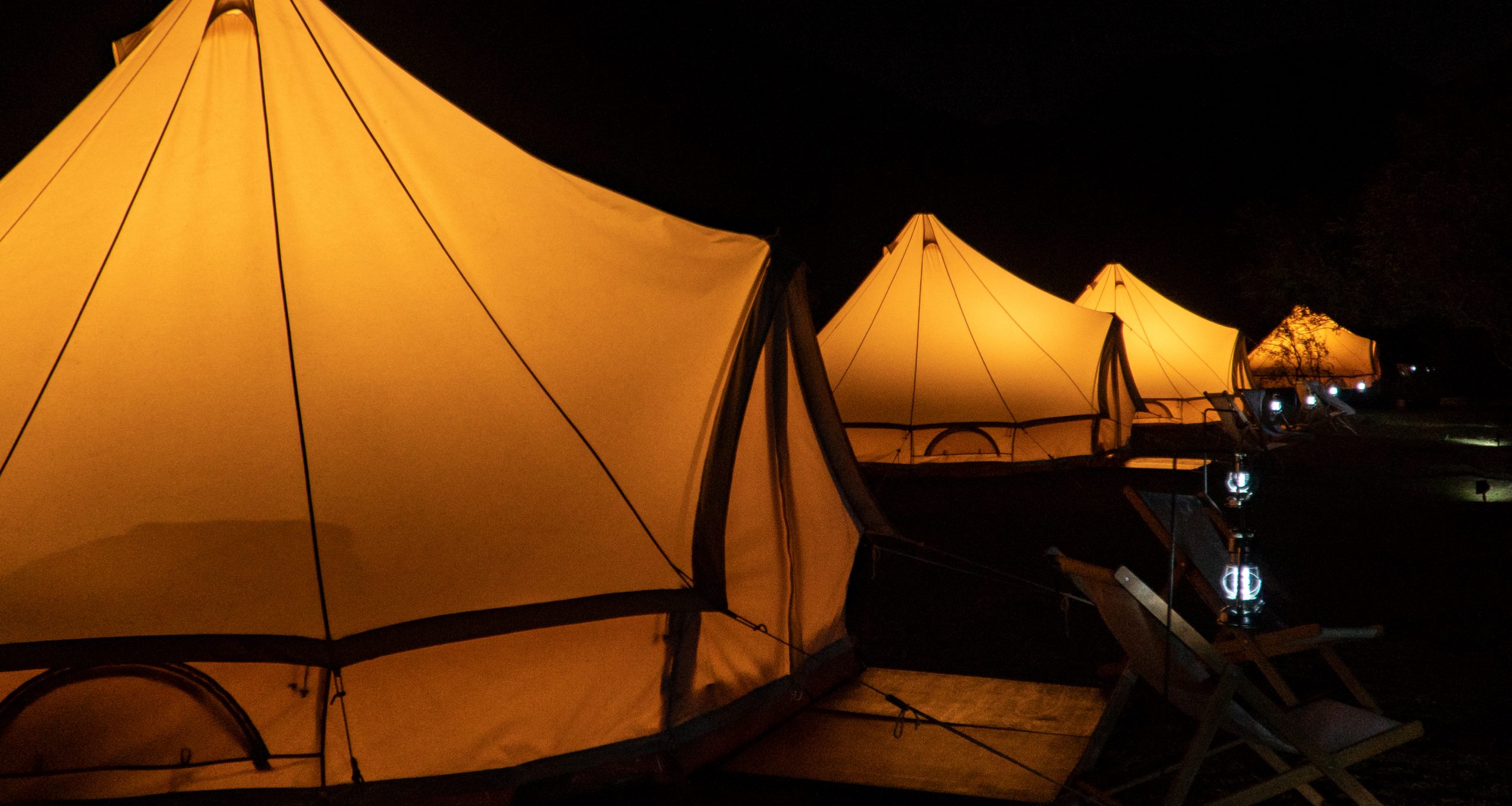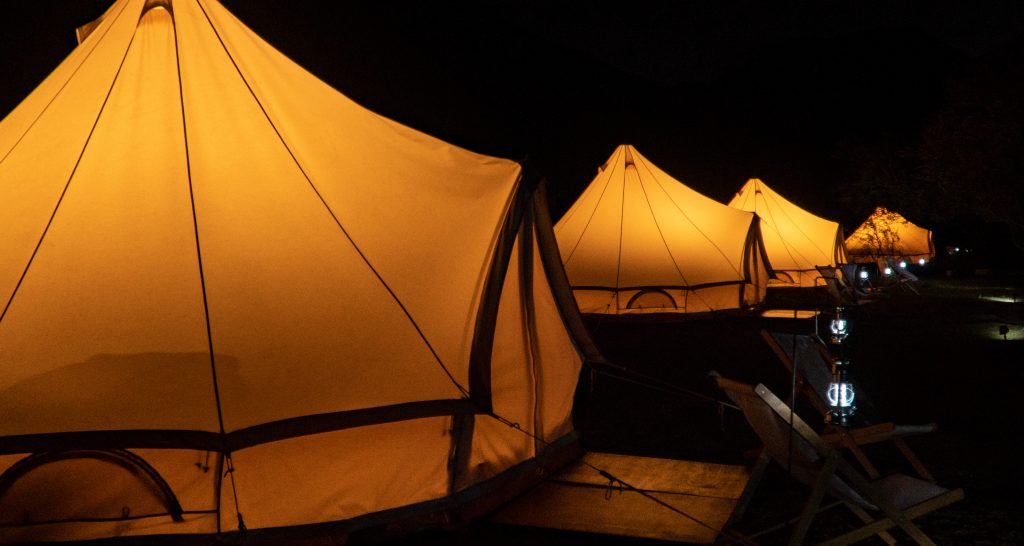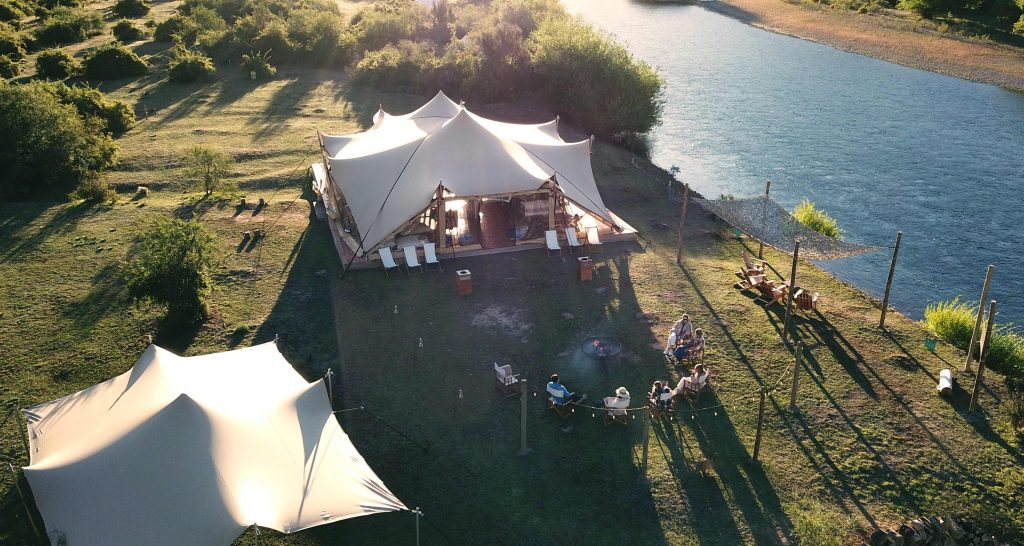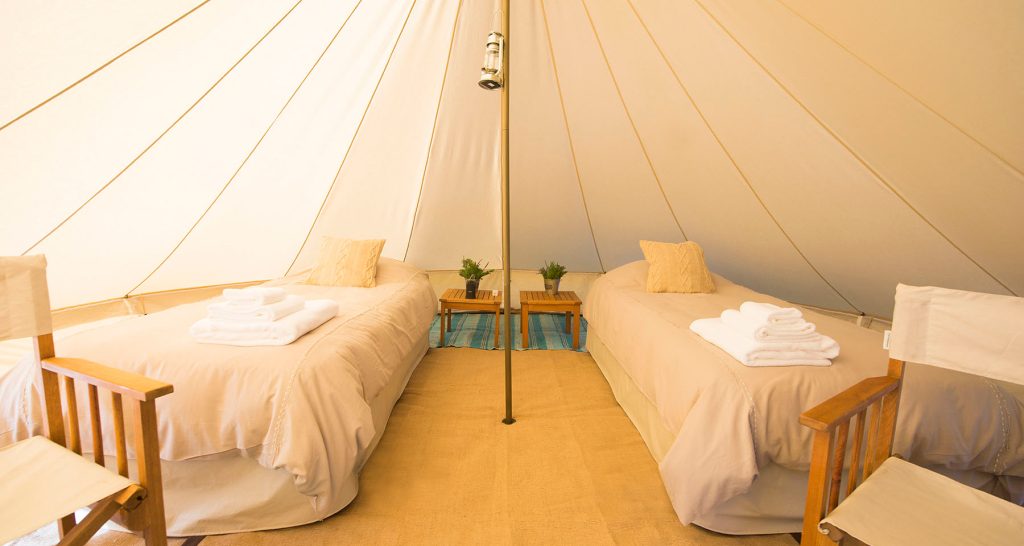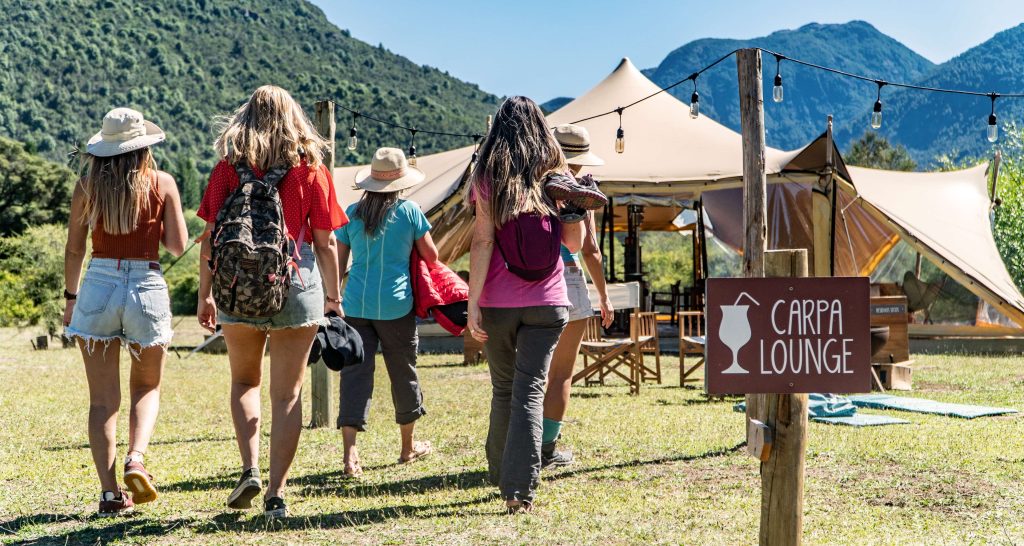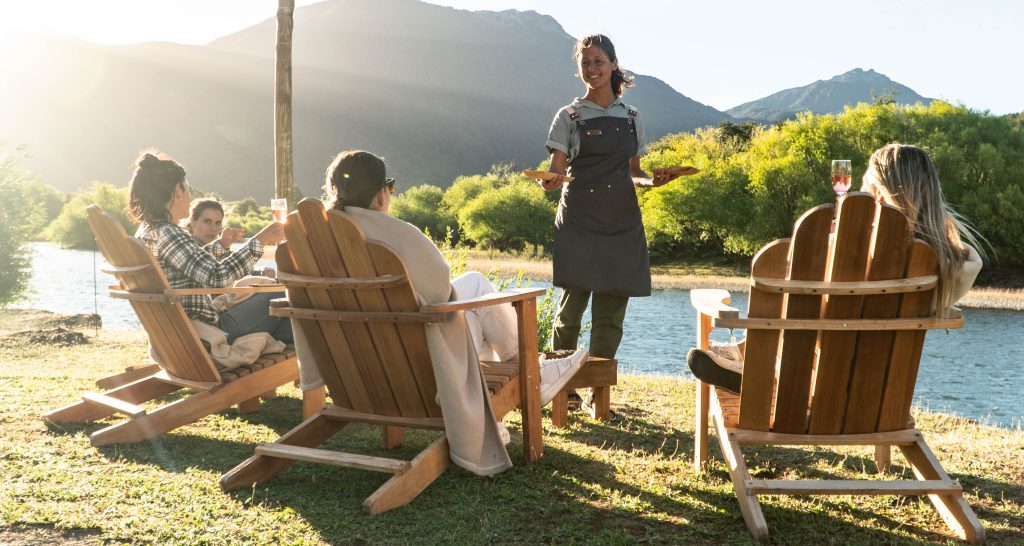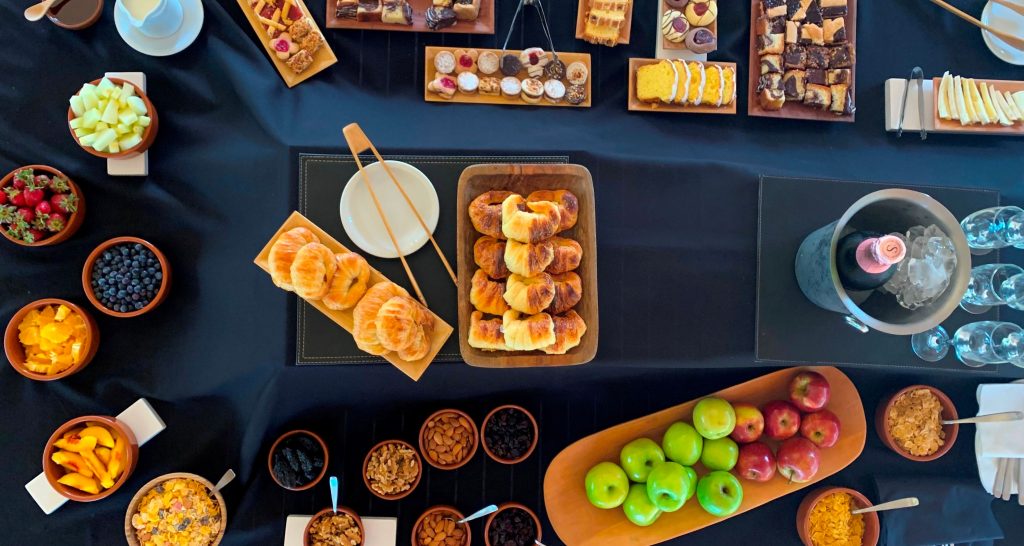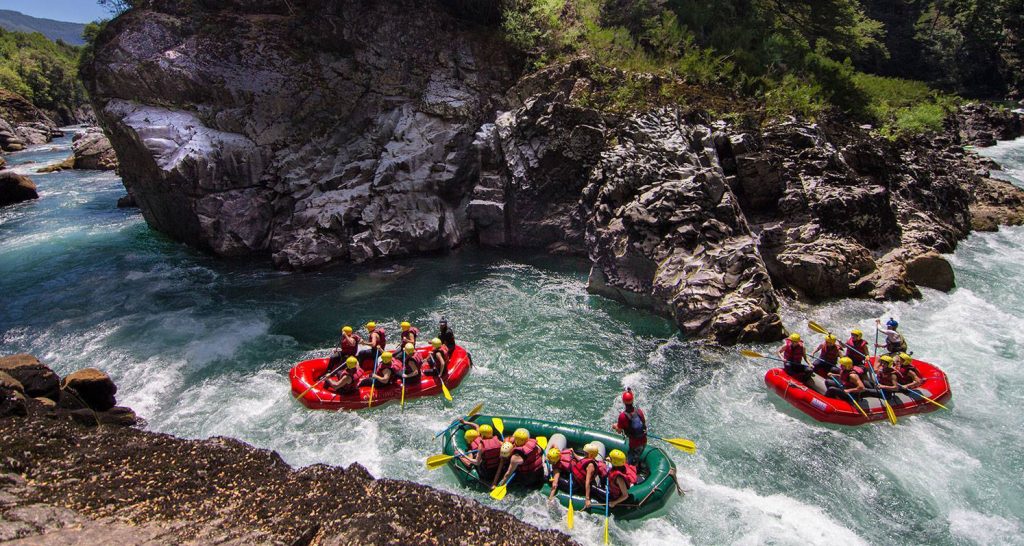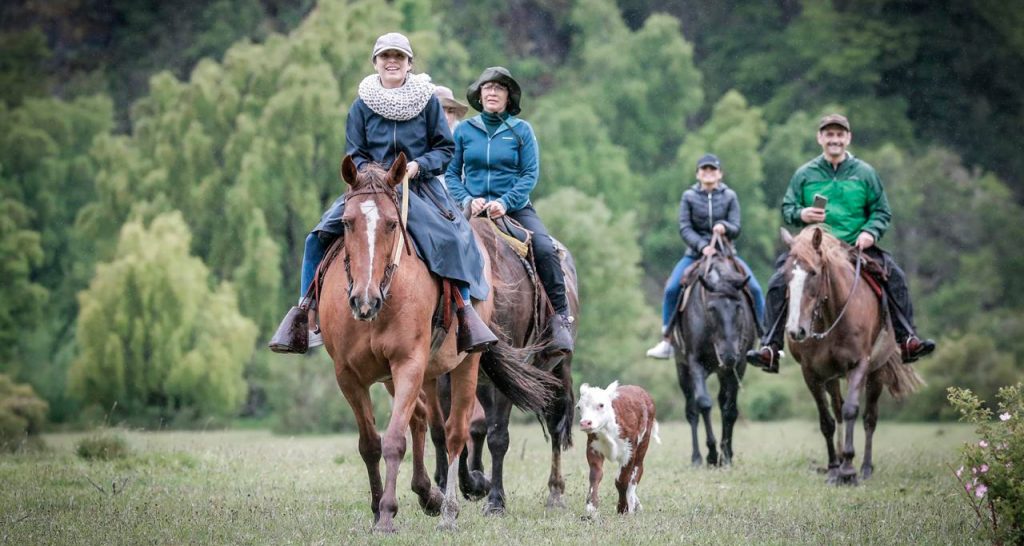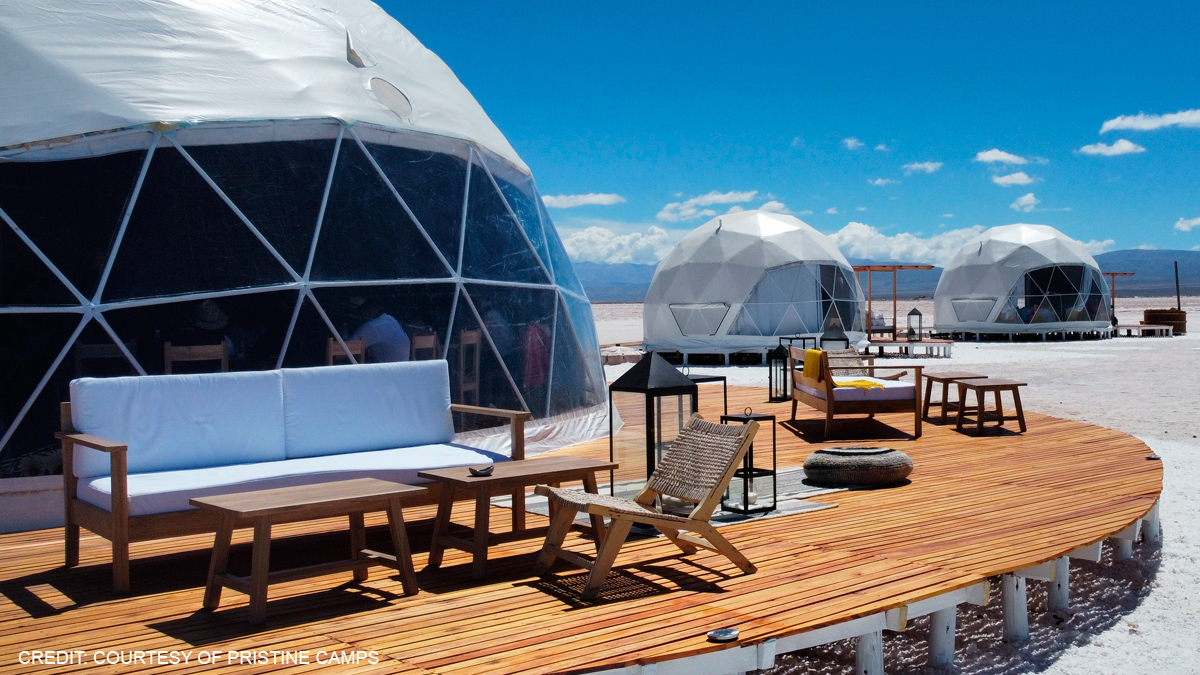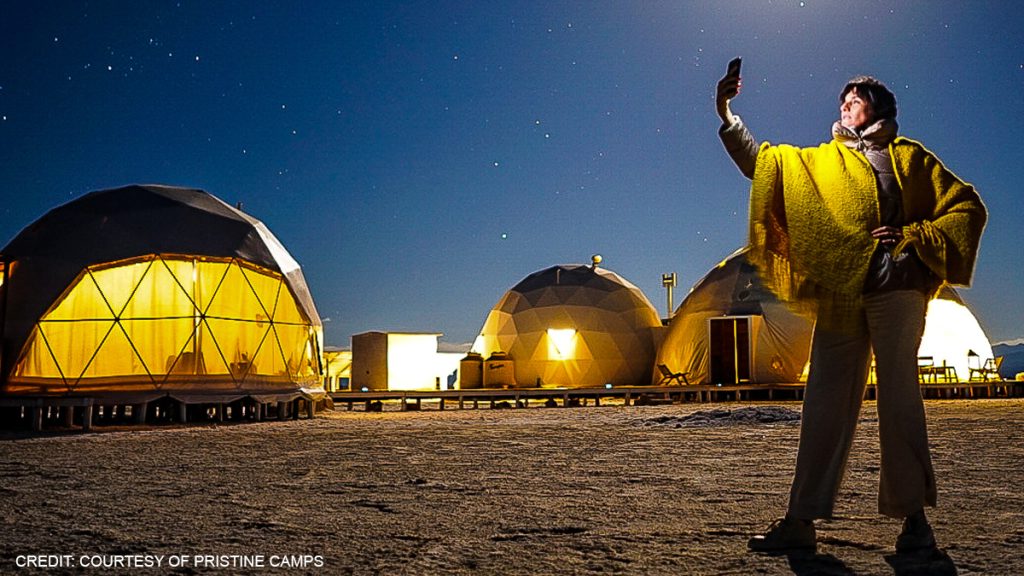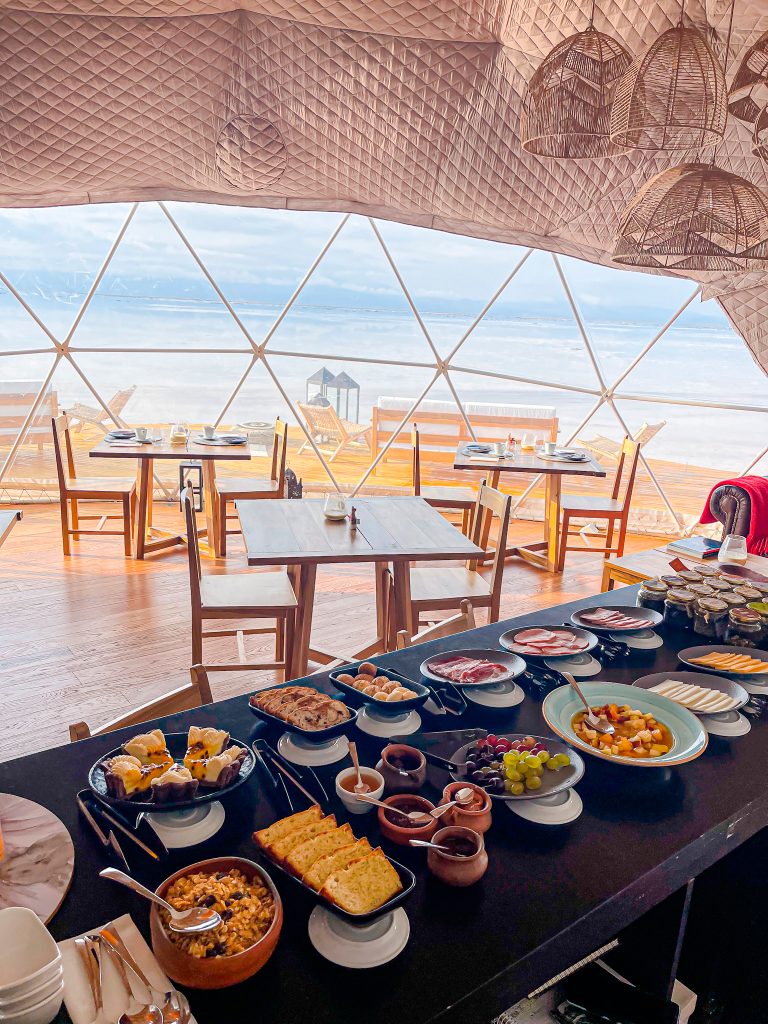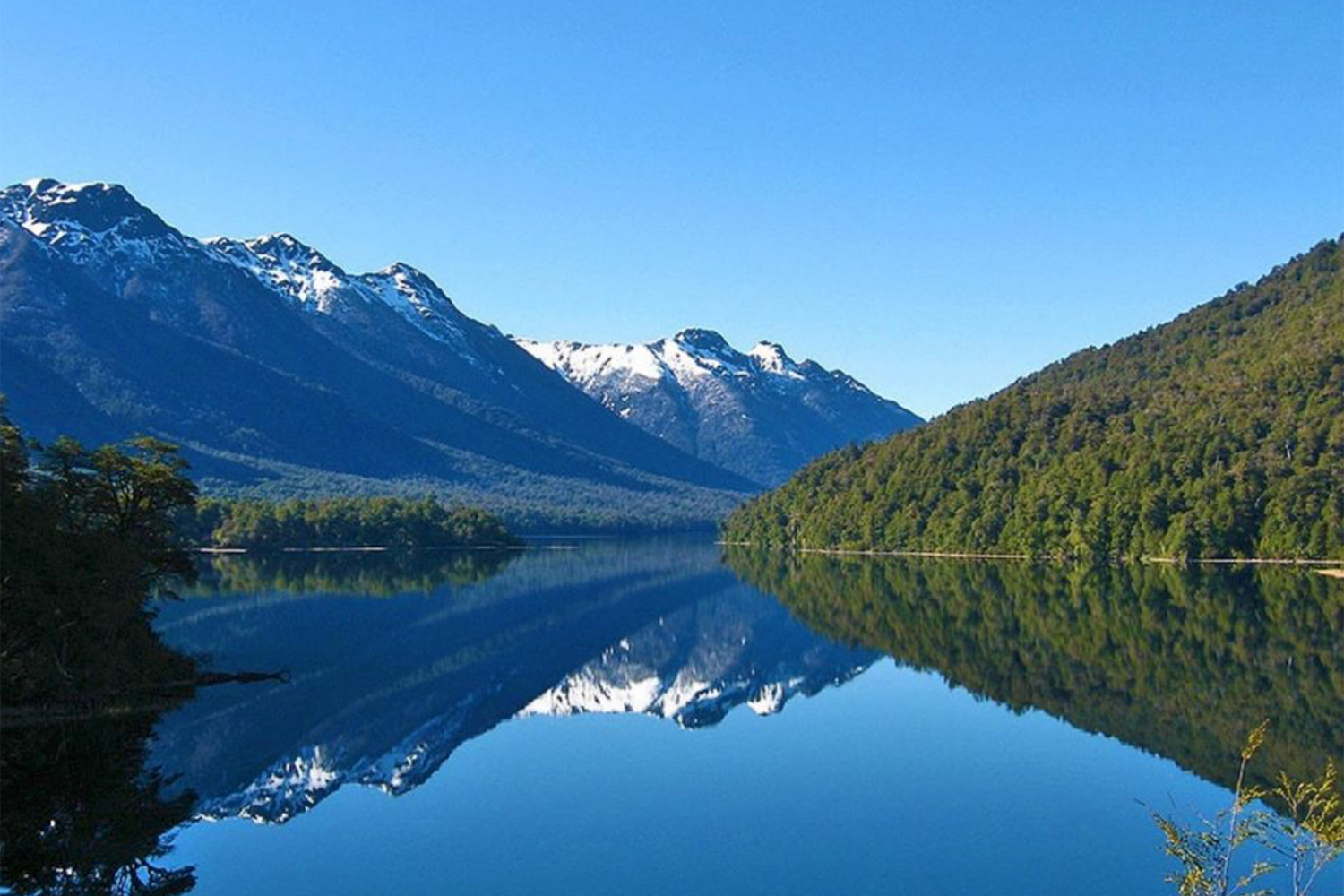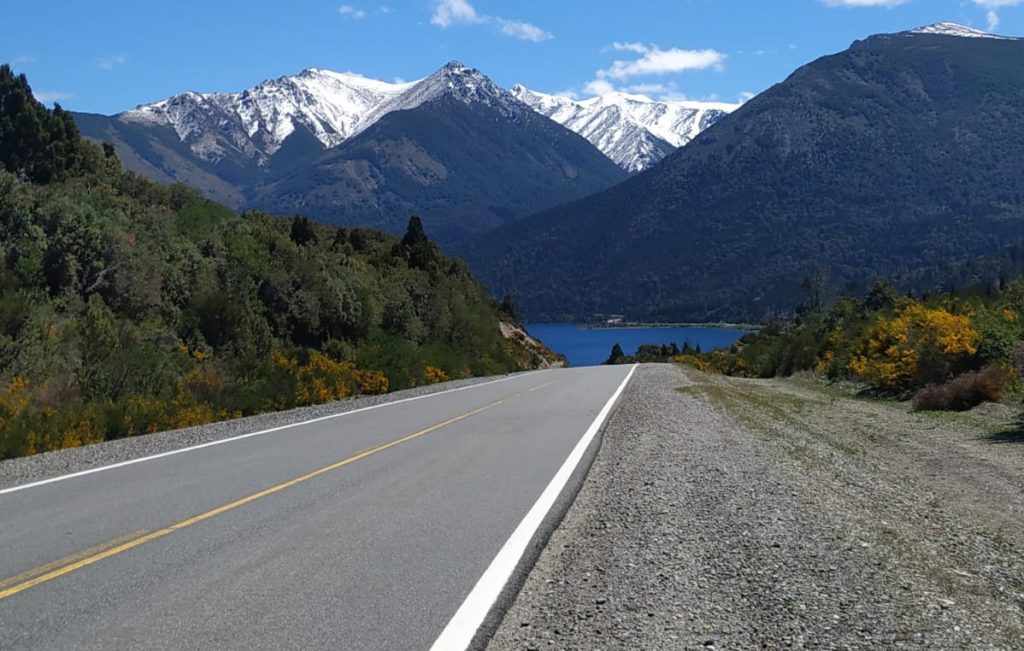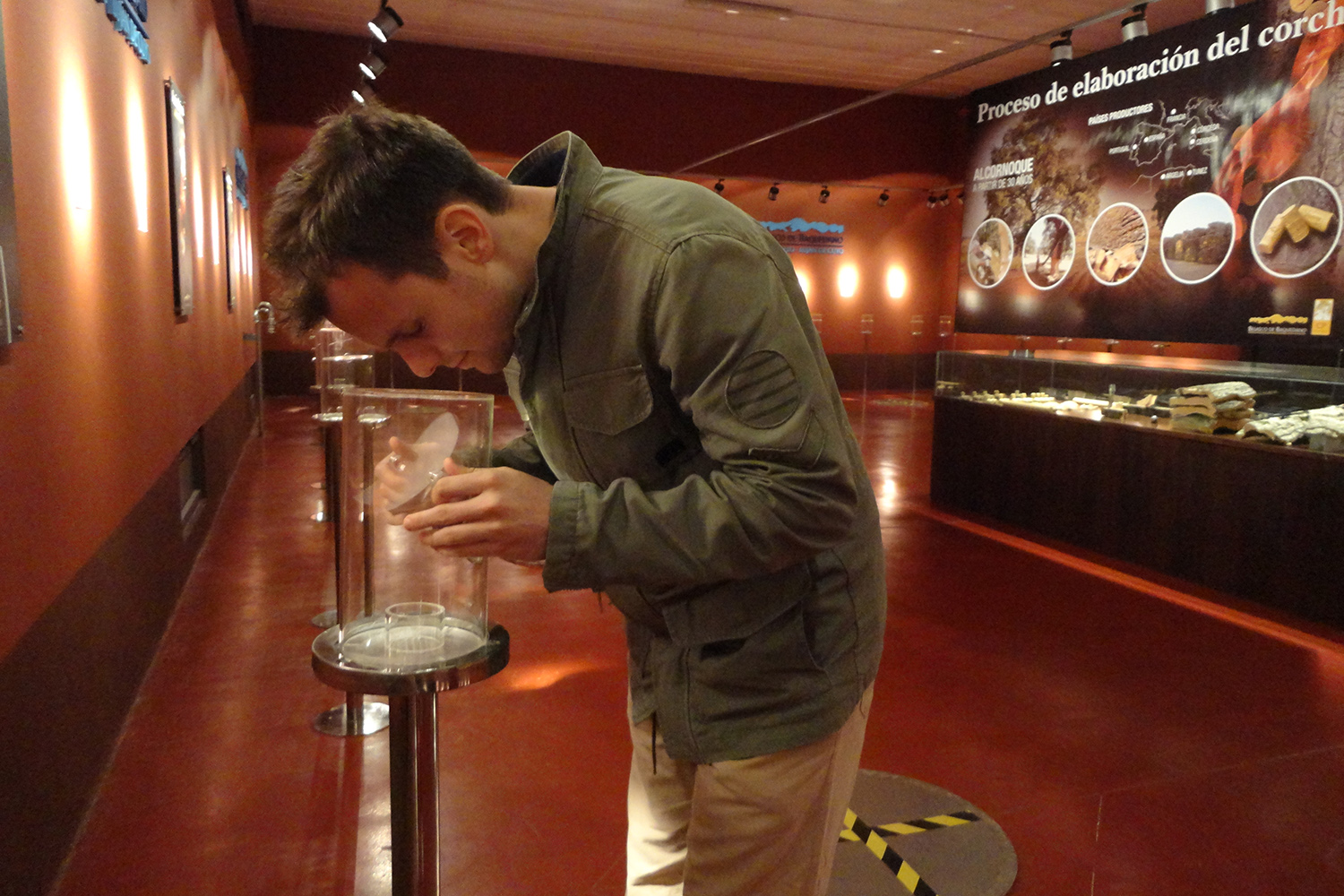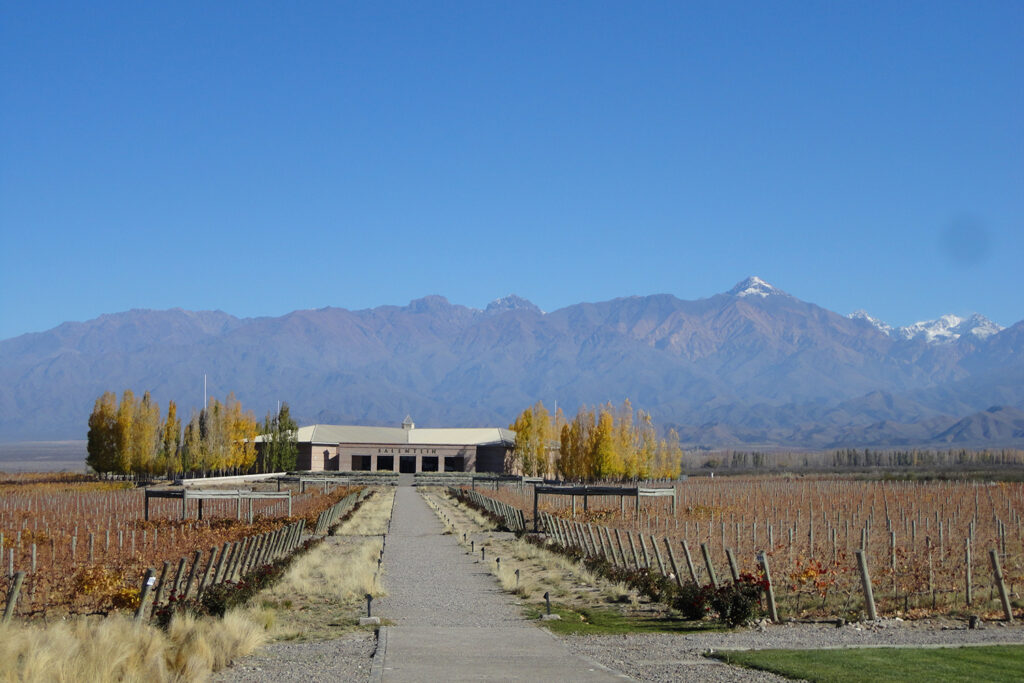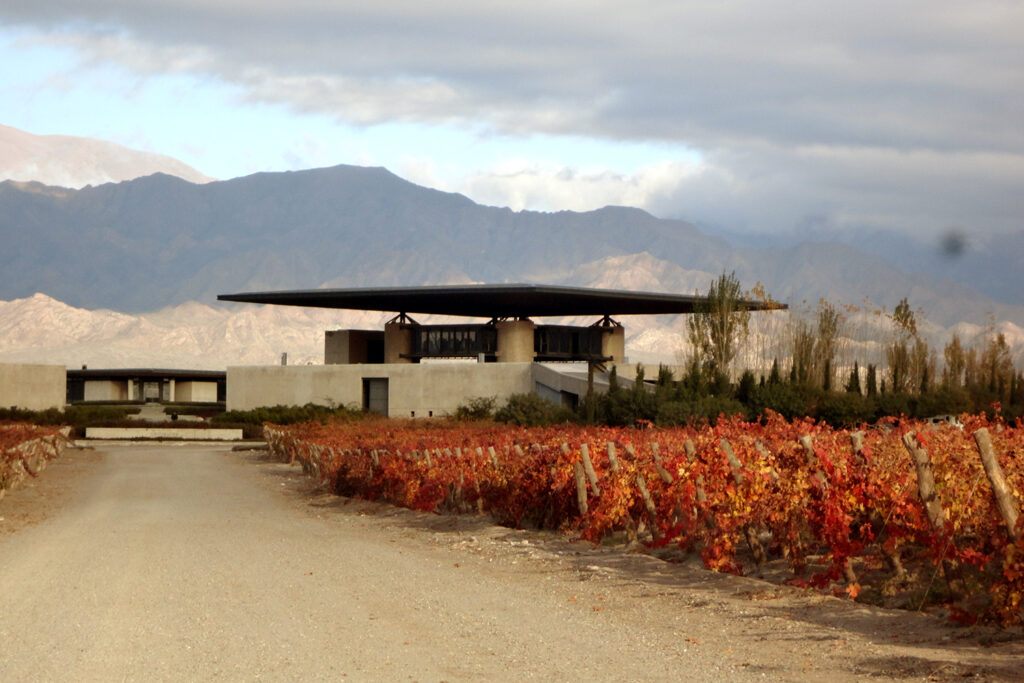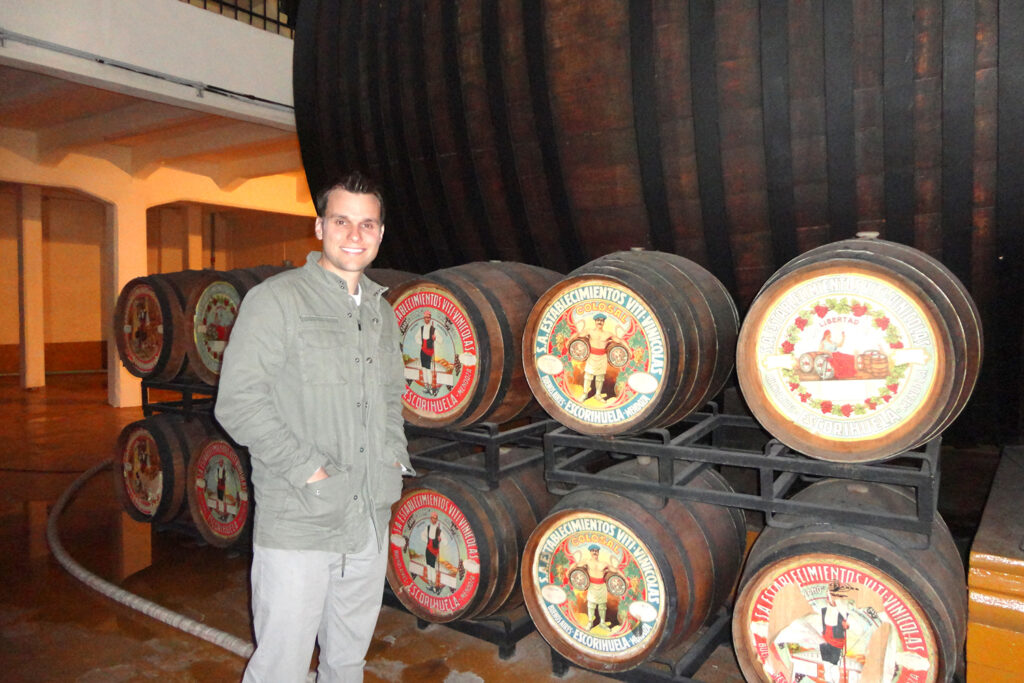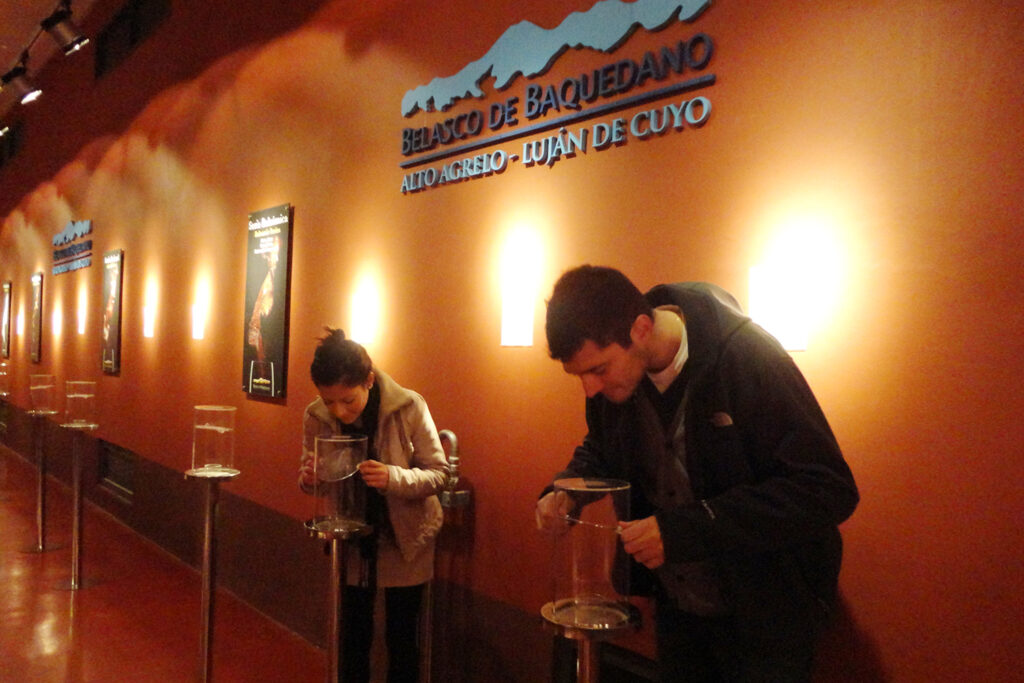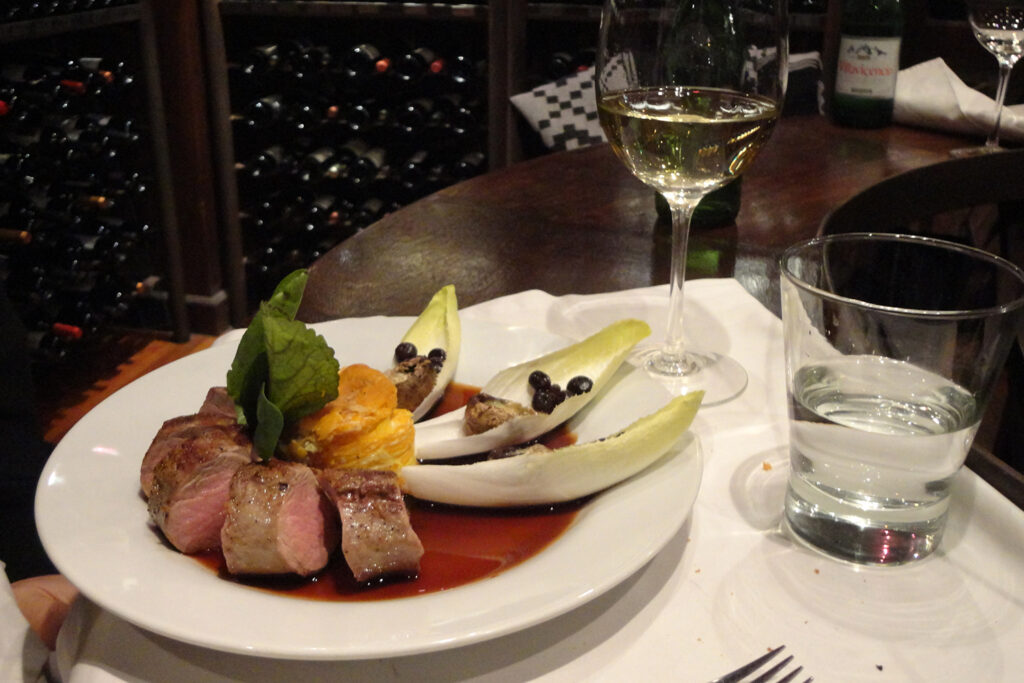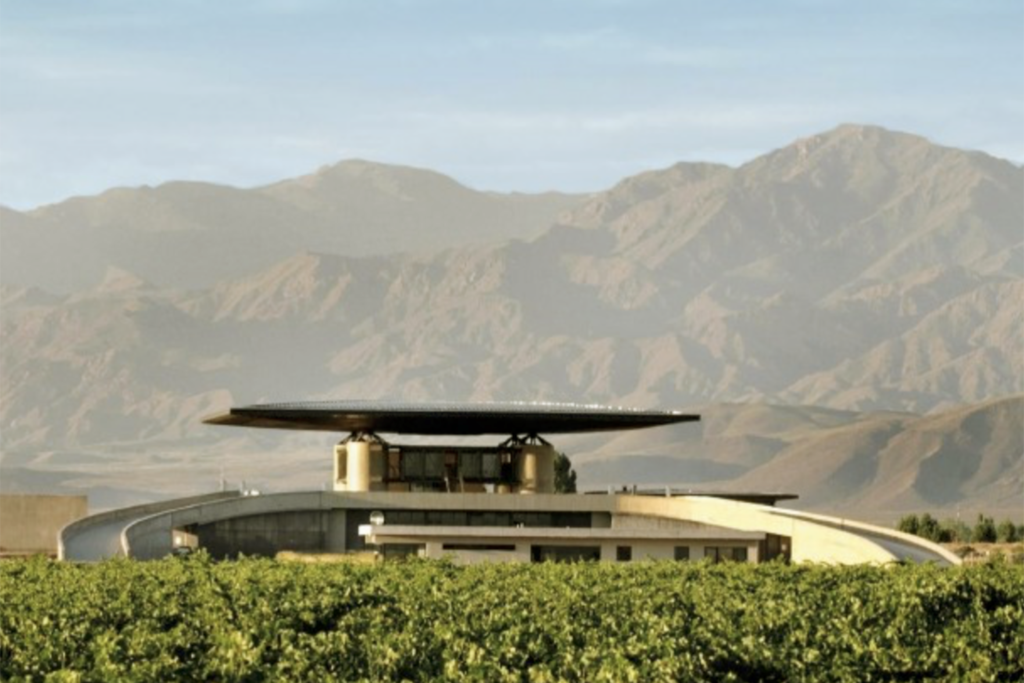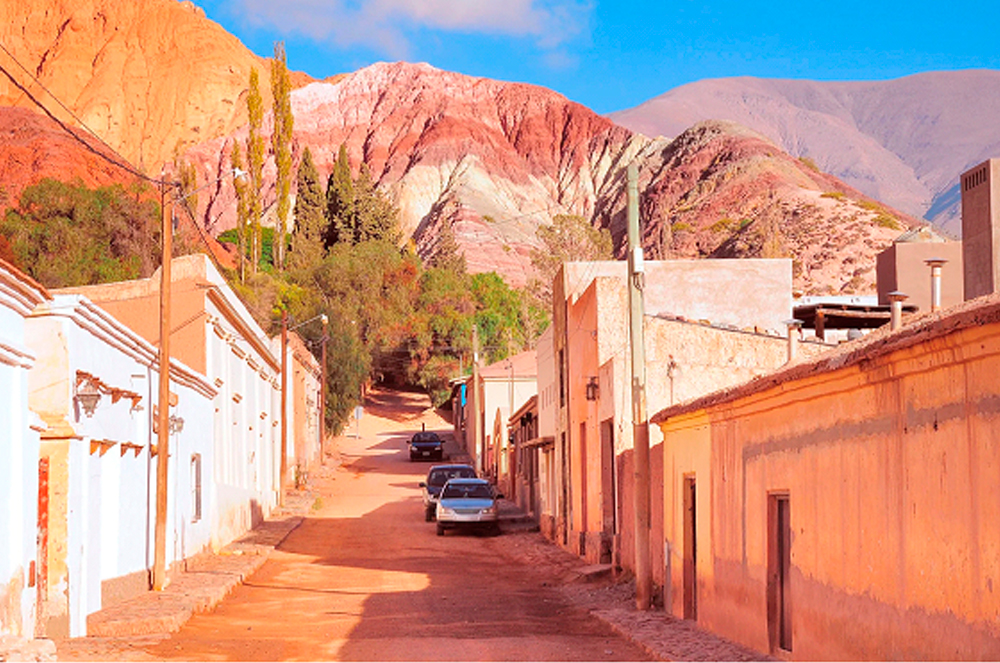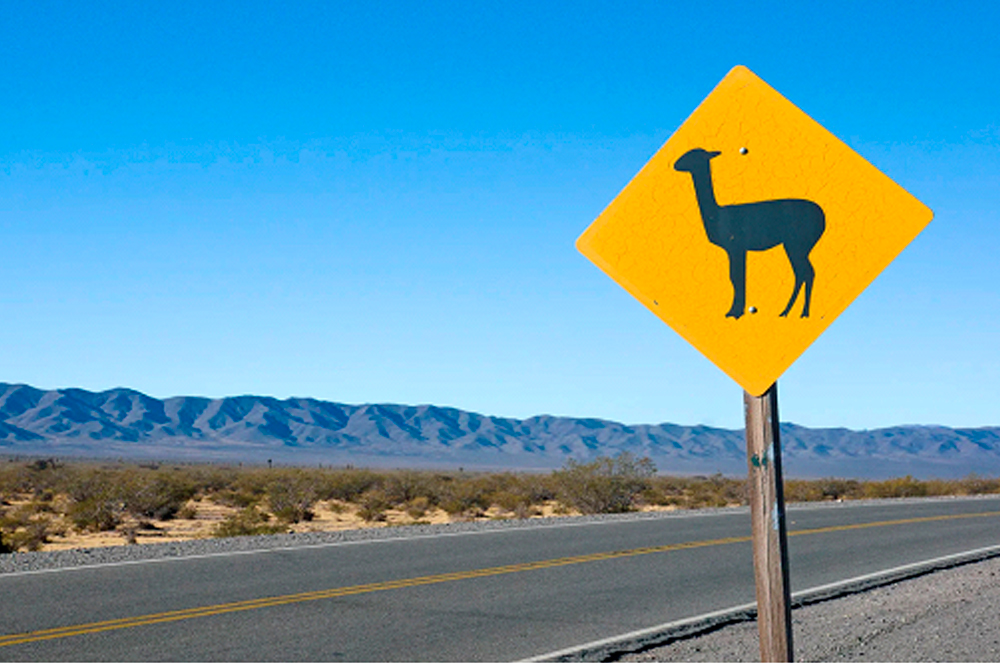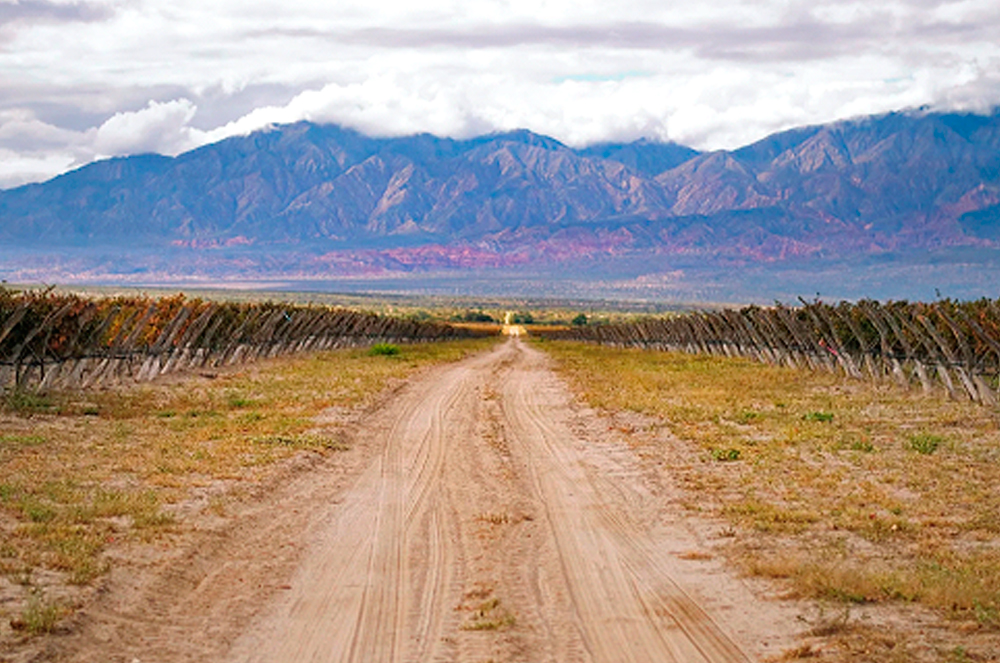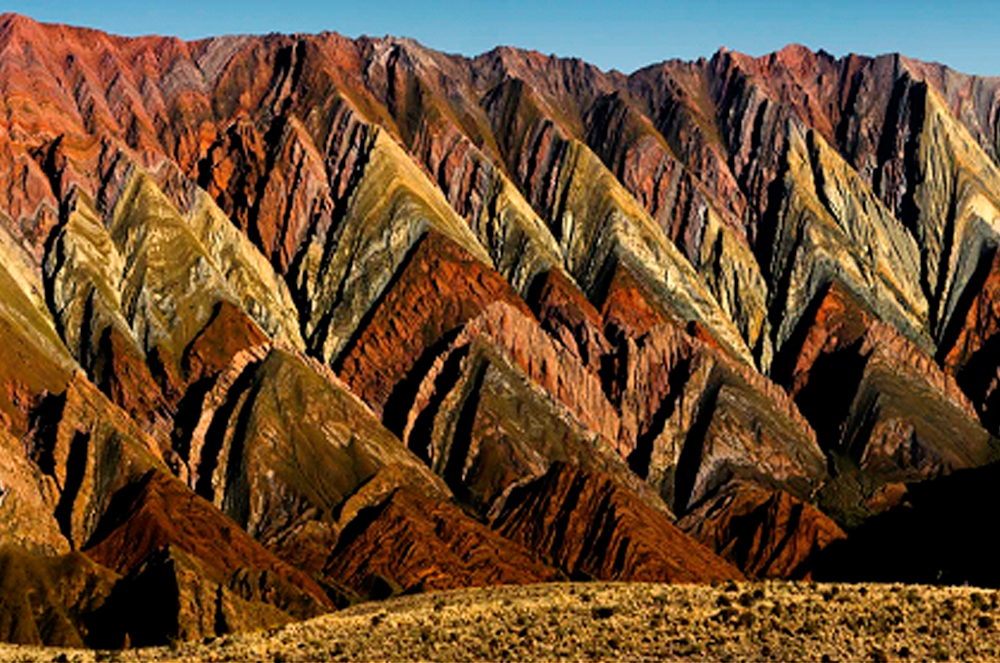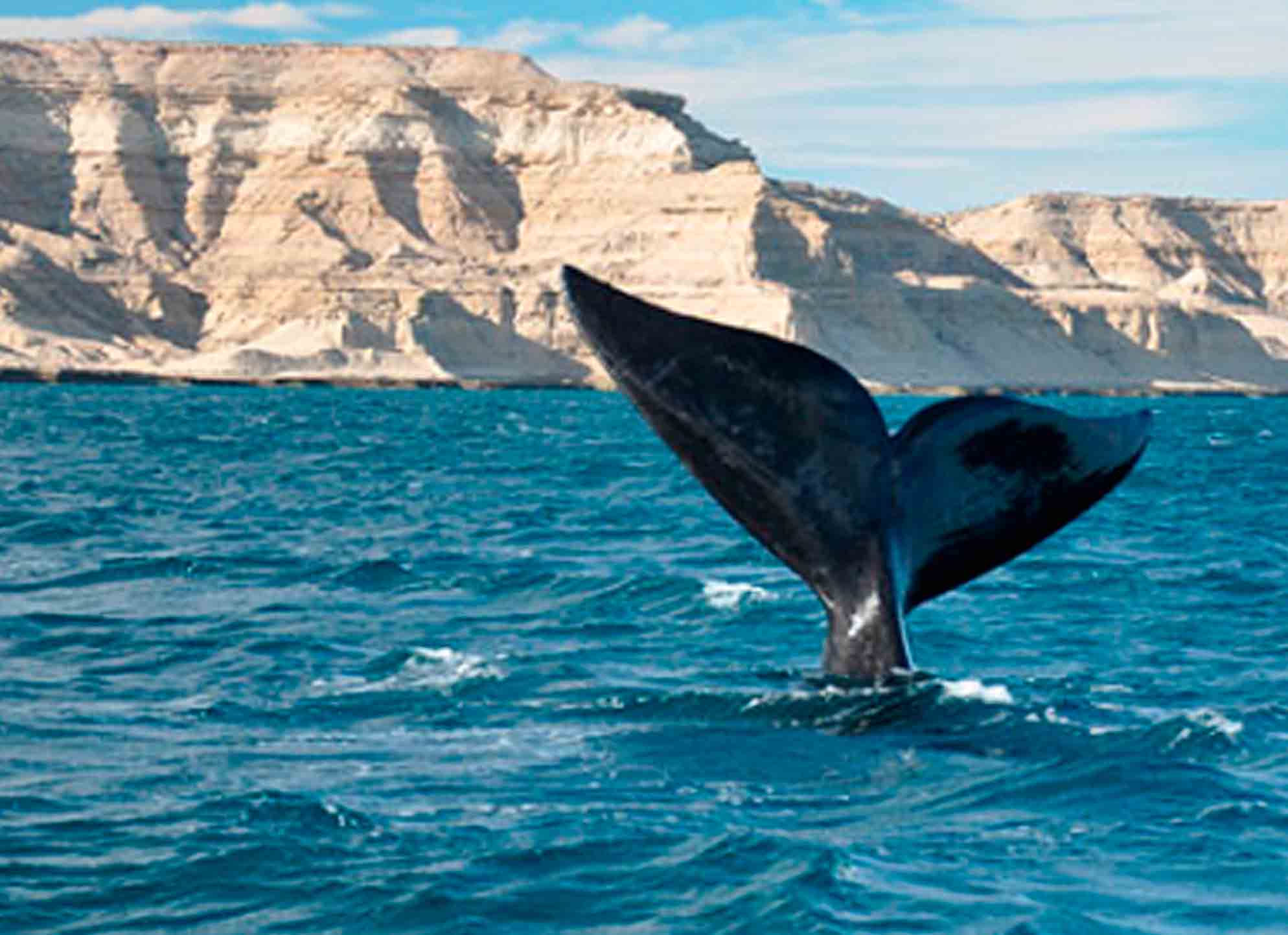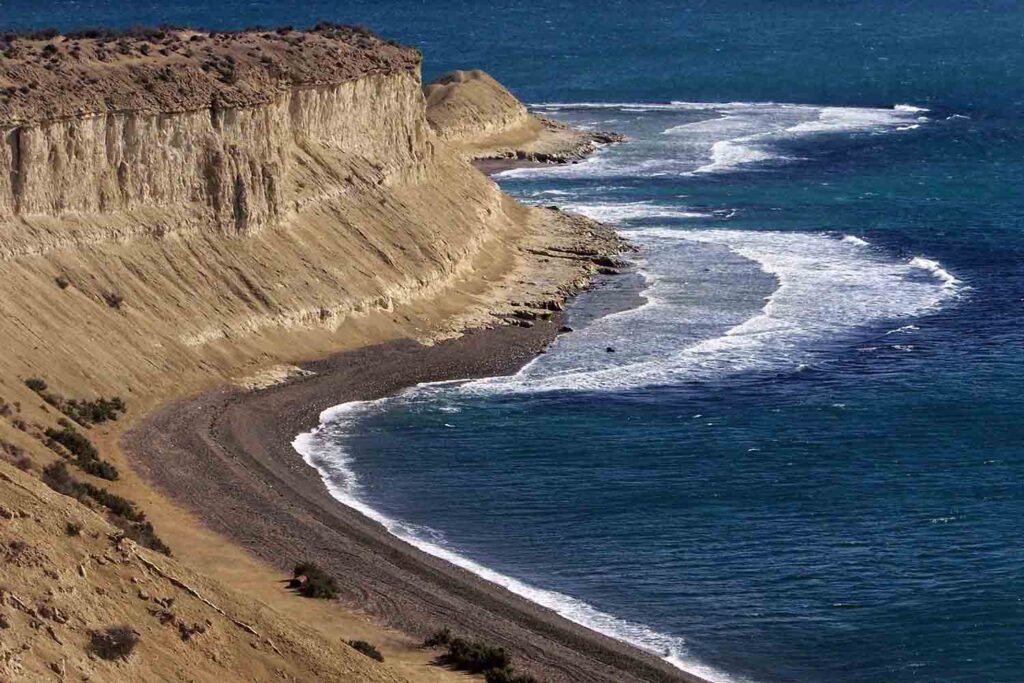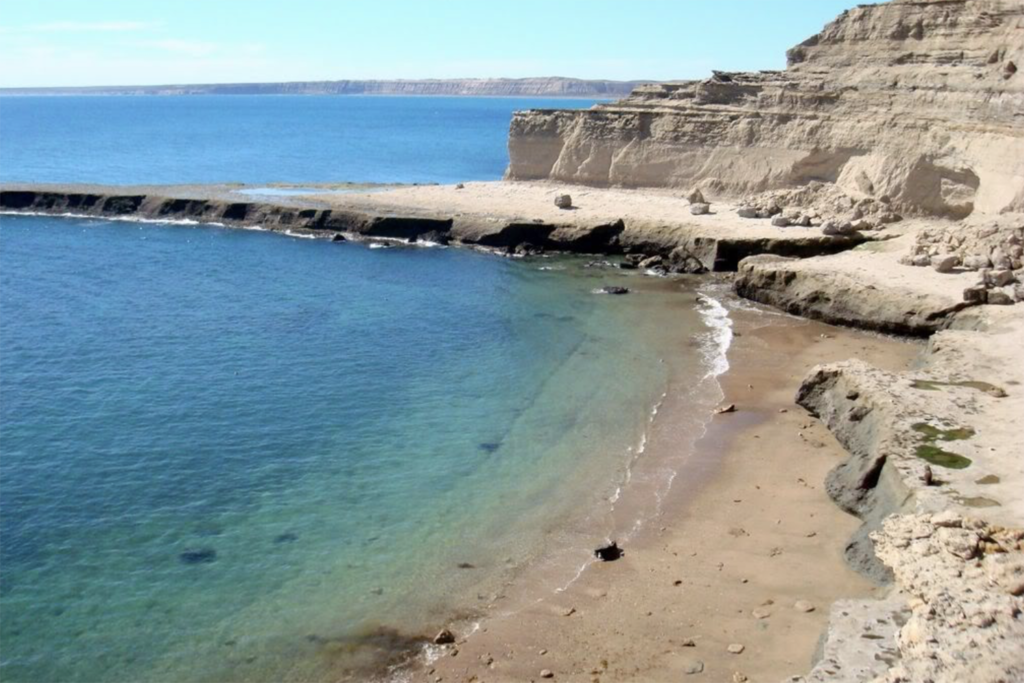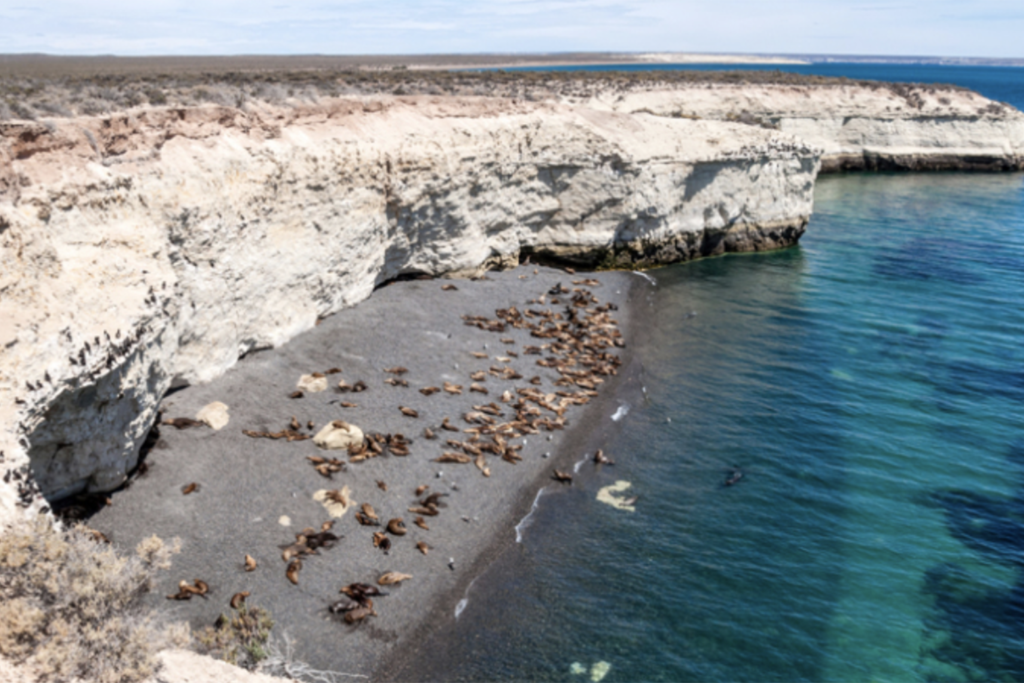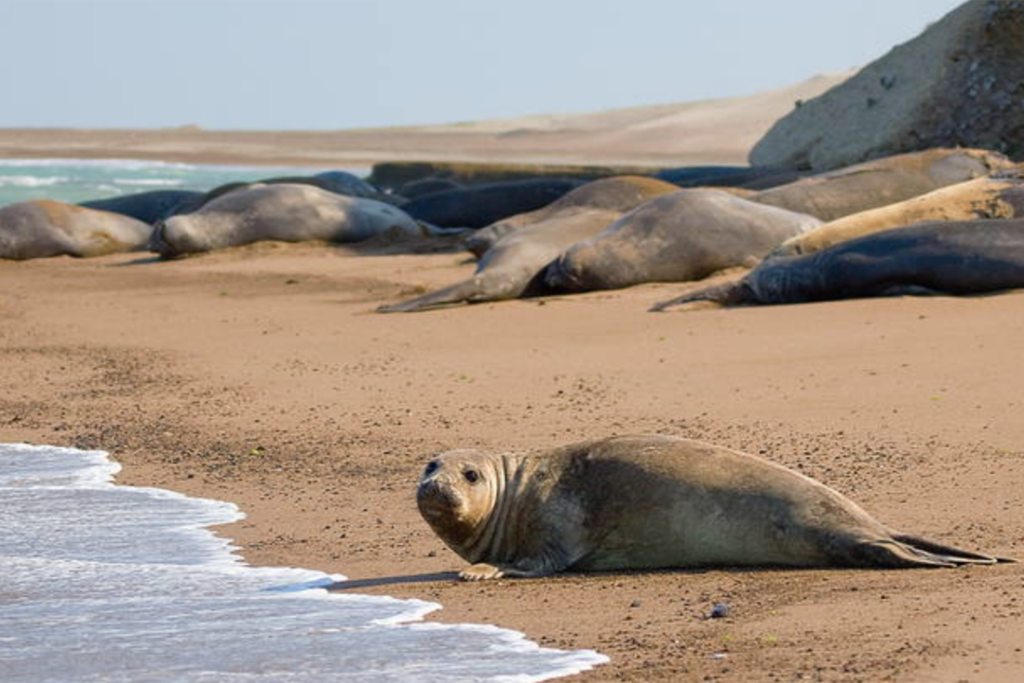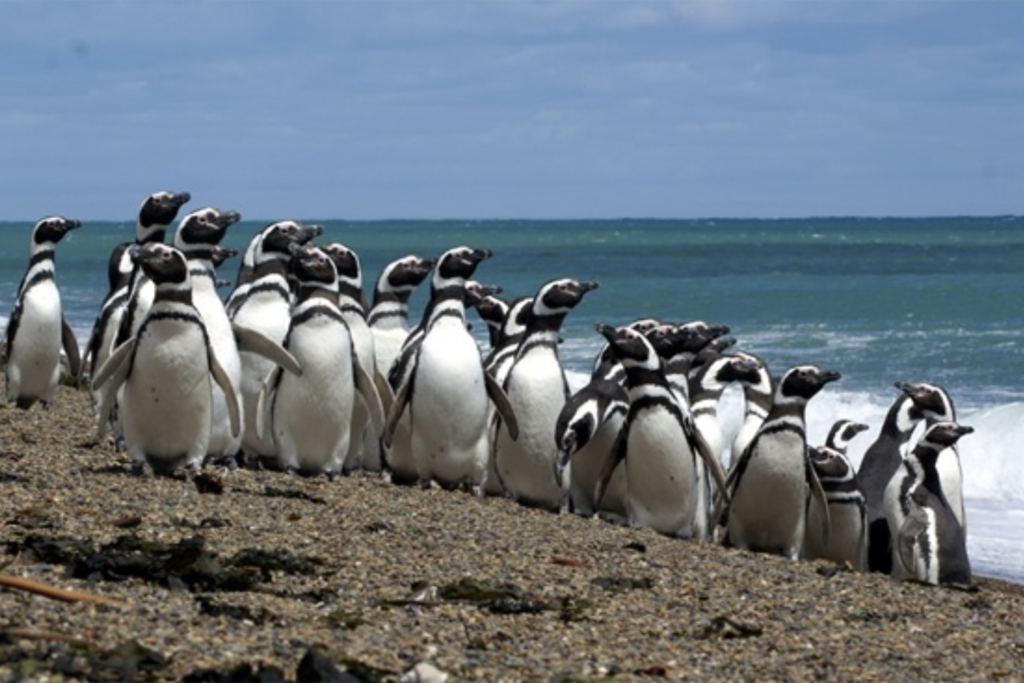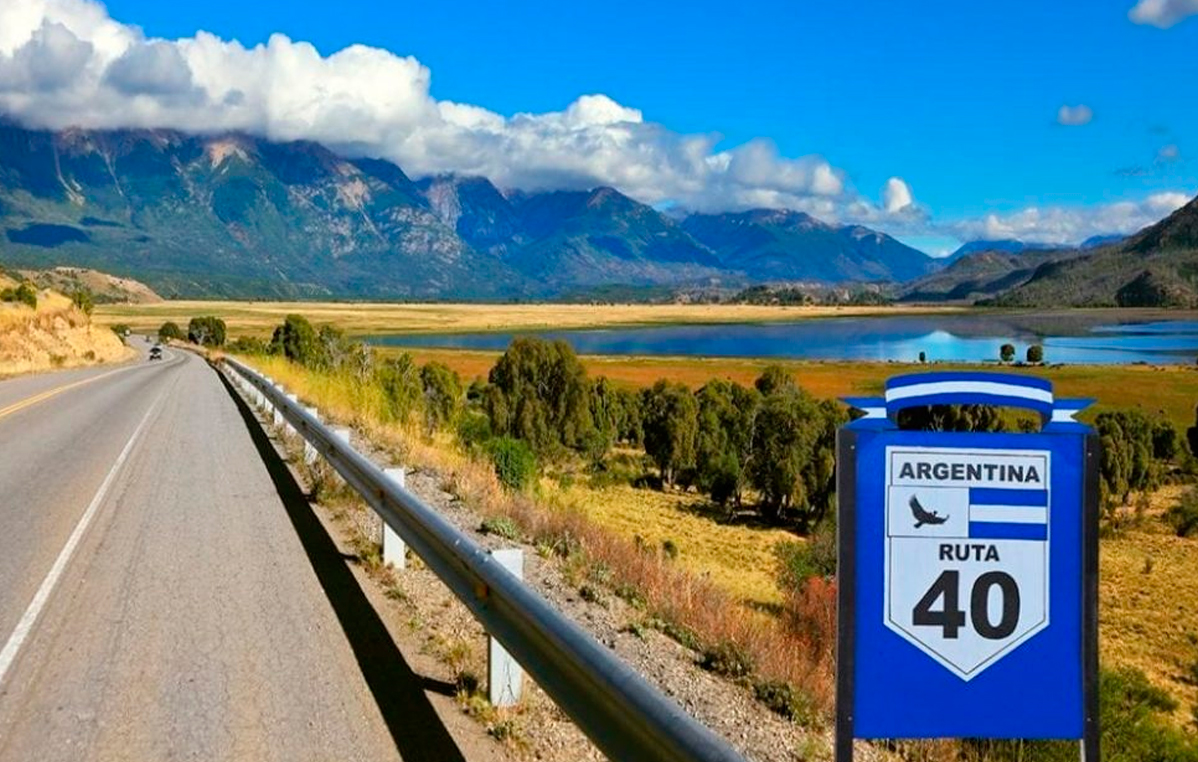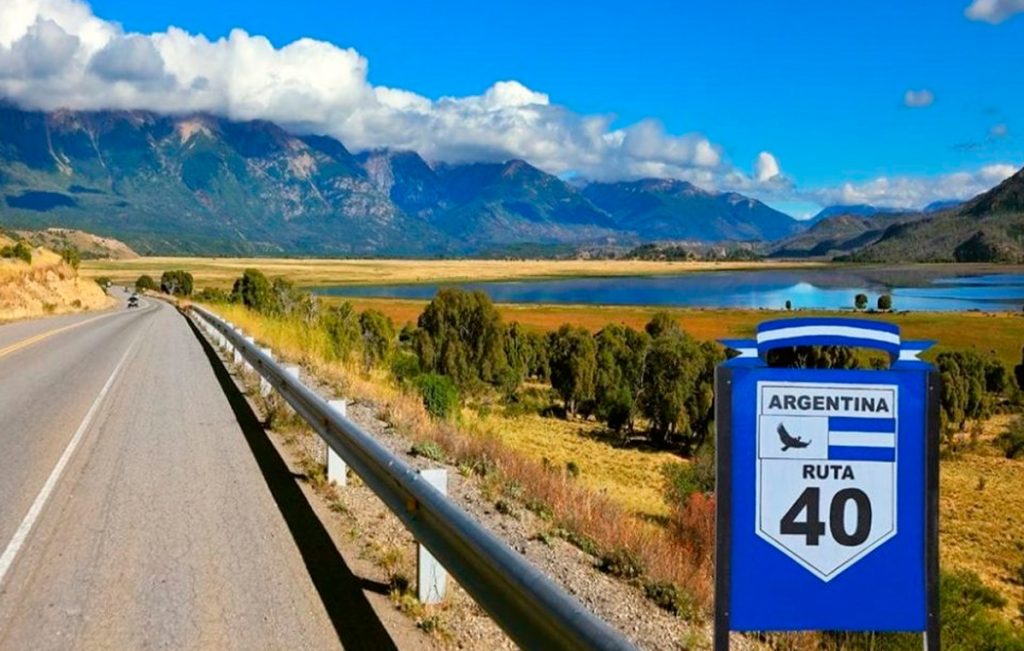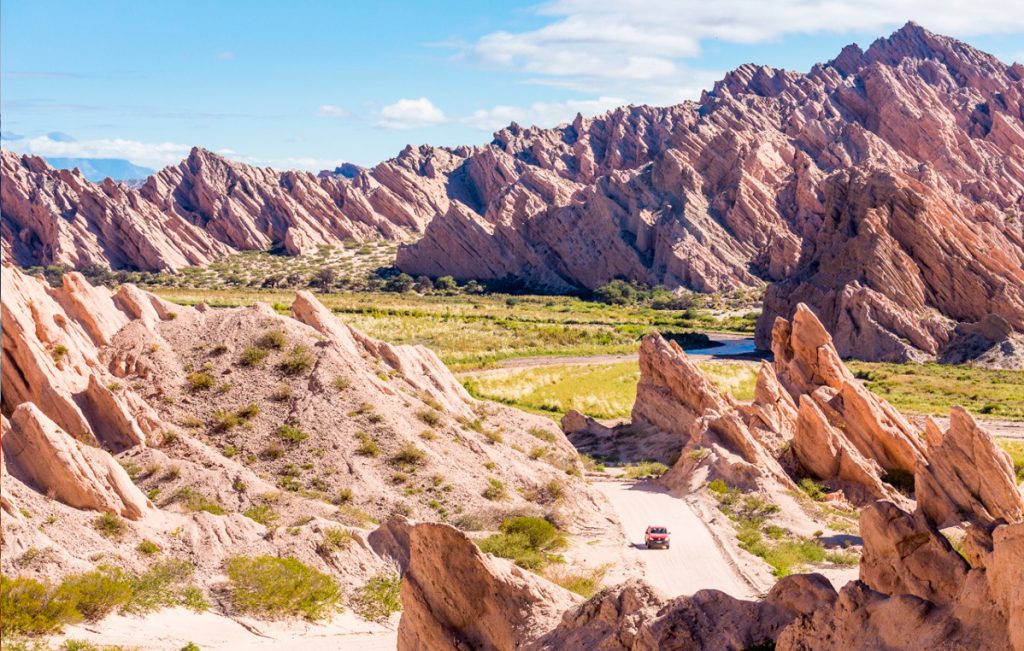La Comarca Andina. North Patagonia, Argentina
Located just 2 hours south of the Bariloche airport, La Comarca refers to a larger place rather than a city in itself: it is a beautiful and still pristine valley, on the southern edge of the Lakes Region in the northern Patagonia. Sheltered by the Andes itself from the cold and humid winds of the Pacific Ocean to the west, and from the very cold and dry winds of the rough Patagonian steppe to the east. That’s why it has a unique microclimate of mild winters and warm, windless summers that have made it famous for its berries and vegetables: the entire area is dotted with small organic farms.
There is also a very interesting story before the arrival of European settlers in the early 1900s: the natives did not settle in this area, nor was it within their travel routes, they only came to this area when they needed healing or to do spiritual work. or offerings The mountain that shelters the valley to the east is the majestic Piltriquitron, which in the native language means: “between the clouds”, we can understand it in two ways. Its summits are usually covered by clouds, but this was also the place where the native peoples climbed with their white offering flags. Therefore, the name can also be understood as “Peaks between the white flags”.
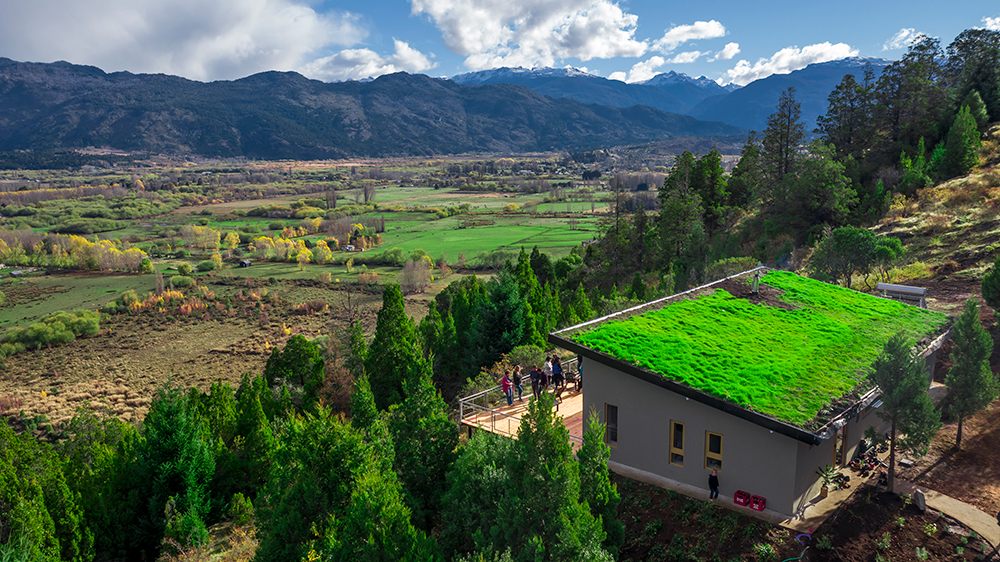
Once you arrived you instantly feel there is a different “speed” to the way the clock ticks. This relaxing, soothing, healing feeling is what has been congregated in this place by therapists and healing oriented activities from all walks of life: Yoga, Taichi, Andean movements & plant medicine, chamanism, ayurveda, massage, accupuncture and Chinese medicine. All this combined with healthy and exquisite food that has practically goes from the veggie garden to the table in a few paces.
I have guided groups of people in the Patagonian Andes and other mountain ranges of the world for over 25 years, and always witnessed the life changing moments of connection with nature that made my work so rewarding. It was this connection that made me go beyond and explore how us humans can reconnect with ourselves, using ancient and modern techniques merged together to make it available to people from all walks of life.
I have been blessed with being able to travel all over the world and visit some amazing places that help in this reconnection with our essence, La Comarca Andina is one of them. I want to invite you to come and stay with us to feel renewed in mind, body and spirit.
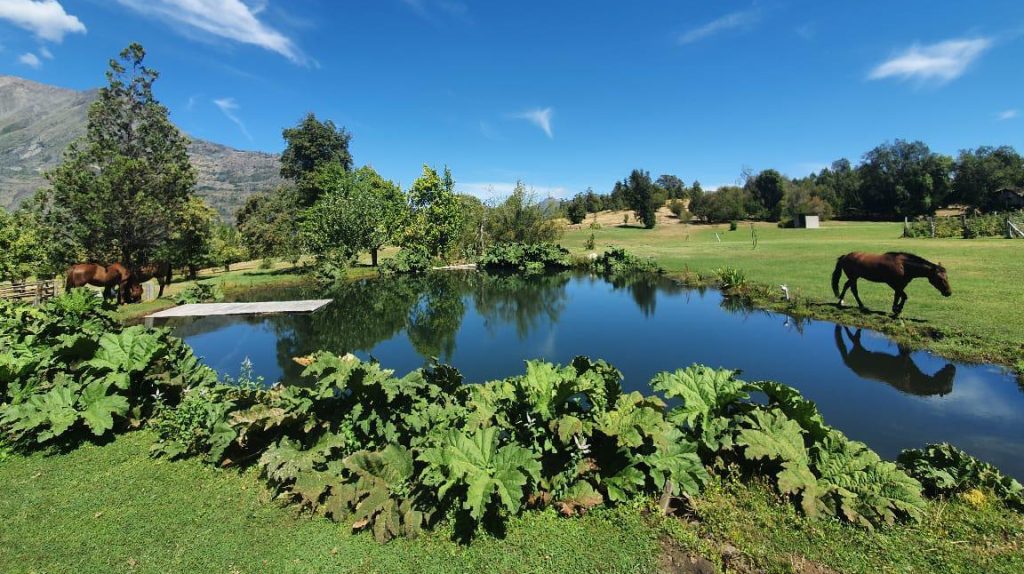
Gabriel “Colo” Ziffer

Hola! My name is Gabriel Ziffer. I am a Taichi and Qi Gong instructor, Ayurveda and Chinese Medicine certified practitioner; I have also been blessed with the opportunity of guiding trips in the Patagonian Andes and many mountain ranges around the world.
I currently live in a small valley in North Patagonia: La Comarca , known worldwide for its alternative and healthy lifestyle, just 2 hours south of Bariloche International Airport. The landscape is set by a stunning surroundings of mountains, lakes and rivers and many organic farms and small boutique chalets, farms and homesteads.
I want to invite you to this secret spot of the Andes to have a moment to just take a break, a stop from the rushed lifestyle that even holidays can have, and find your center or balance and place a warm smile right there.
Contact Colo and let him help you plan a transformative experience in Patagonia


